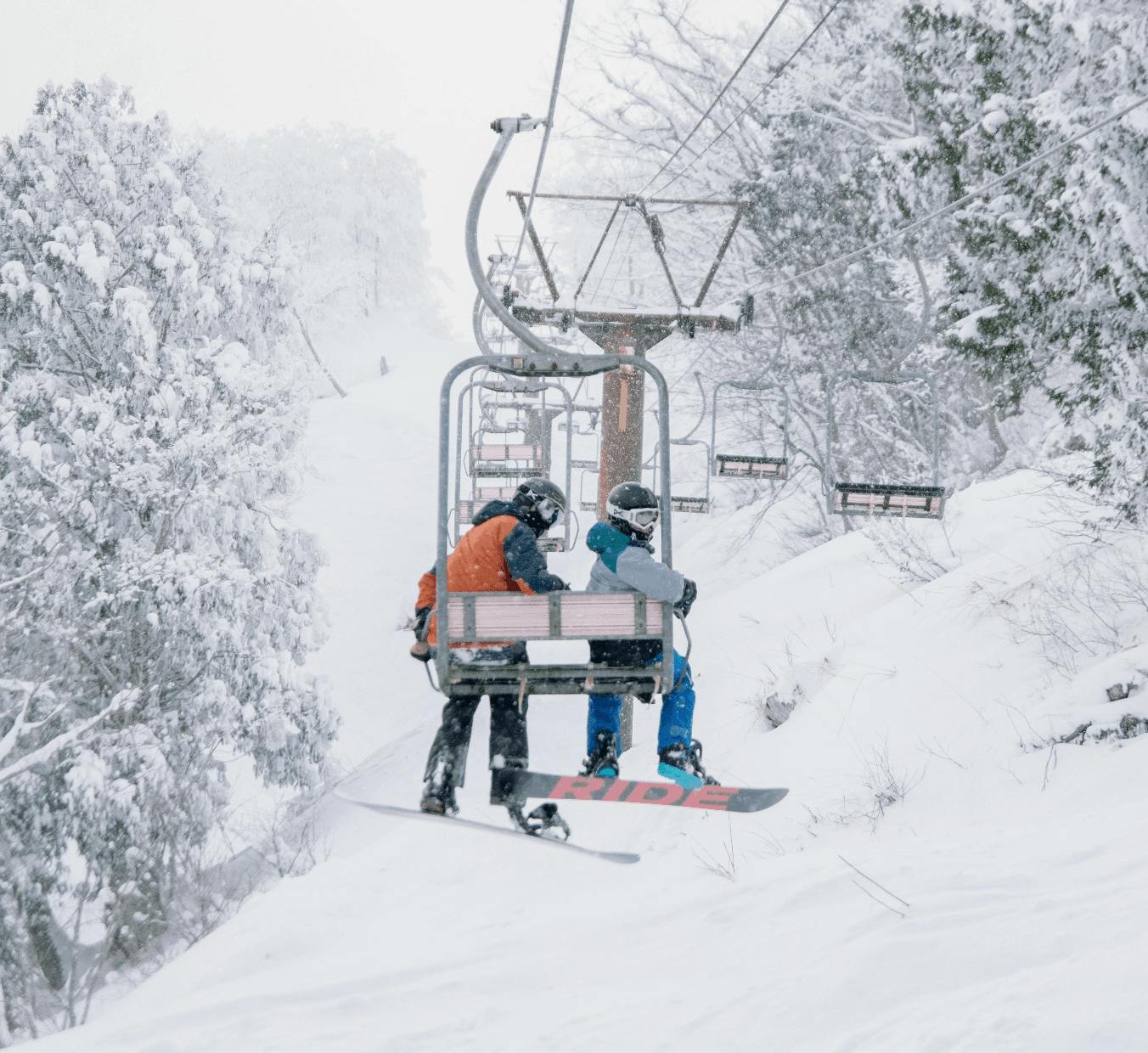Introduction
Hakuba, a name synonymous with world-class skiing and breathtaking mountainous scenery, has evolved significantly over the years. Located in the Northern Alps of Japan, this picturesque village wasn't always the bustling winter sport mecca it is today. This blog post aims to explore the rich history of Hakuba, from its humble beginnings as a farming community to hosting international sporting events.
The Early Days
Before it gained fame as a ski destination, Hakuba was primarily an agricultural village. For centuries, the locals lived in harmony with nature, tilling the land and rearing livestock. The imposing peaks surrounding Hakuba were revered as sacred, and mountaineering was often reserved for ascetic practices rather than recreational activity.
The Emergence of Skiing
Skiing in Hakuba can be traced back to the early 20th century, but it wasn't until after World War II that the area began to earn recognition as a ski resort. Local entrepreneurs and the Japanese government invested in infrastructure, building lifts and promoting the village as a skiing haven. By the 1960s, Hakuba started to attract a steady flow of domestic tourists, keen to experience its deep powder and scenic beauty.
The 1998 Winter Olympics
Hakuba's status as a world-class skiing destination was cemented when it hosted several events during the 1998 Winter Olympics in Nagano. This drew international attention and put Hakuba on the global map. The area saw a boom in tourism, and new resorts and facilities were developed to cater to the increasing demand.



